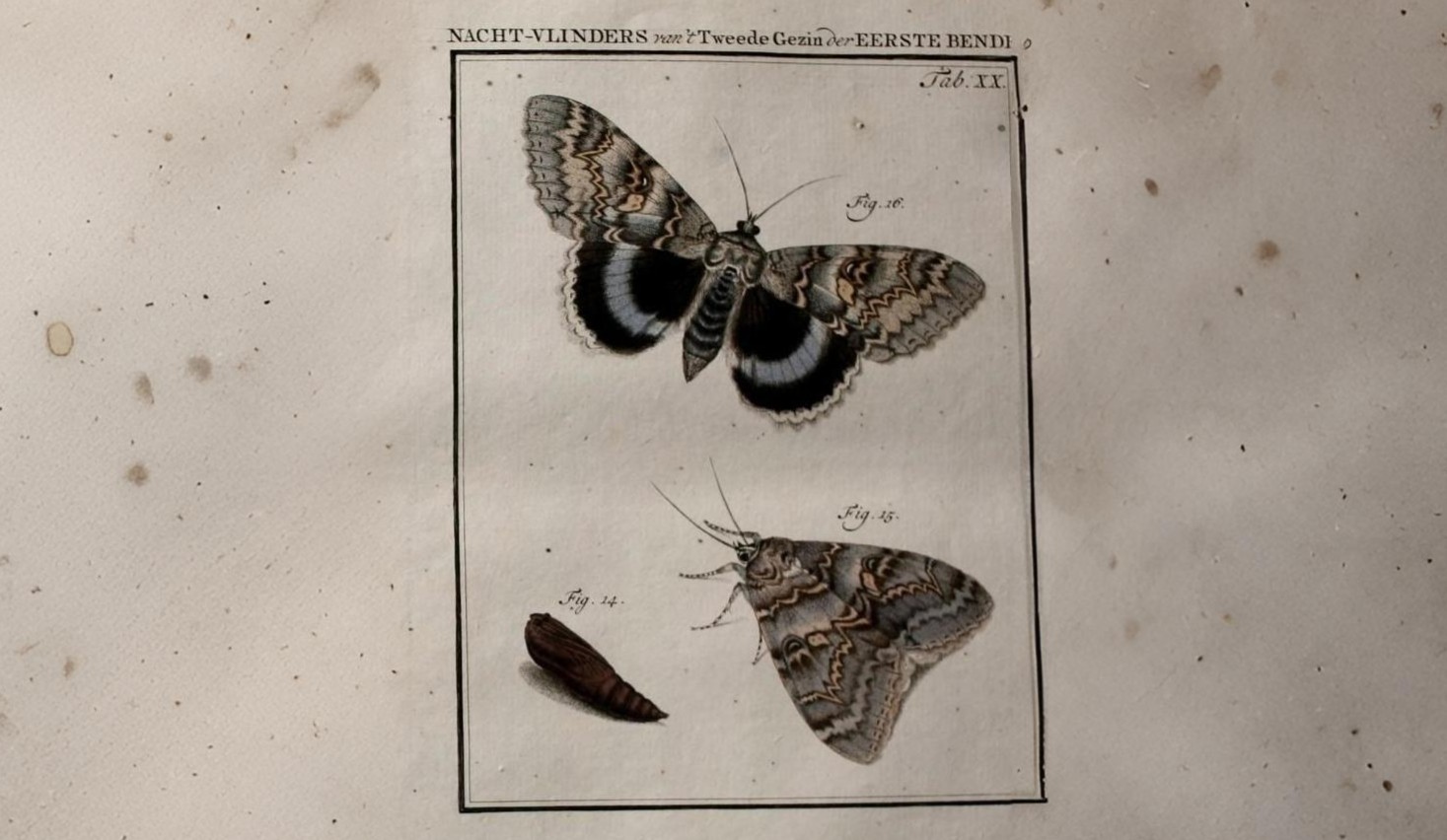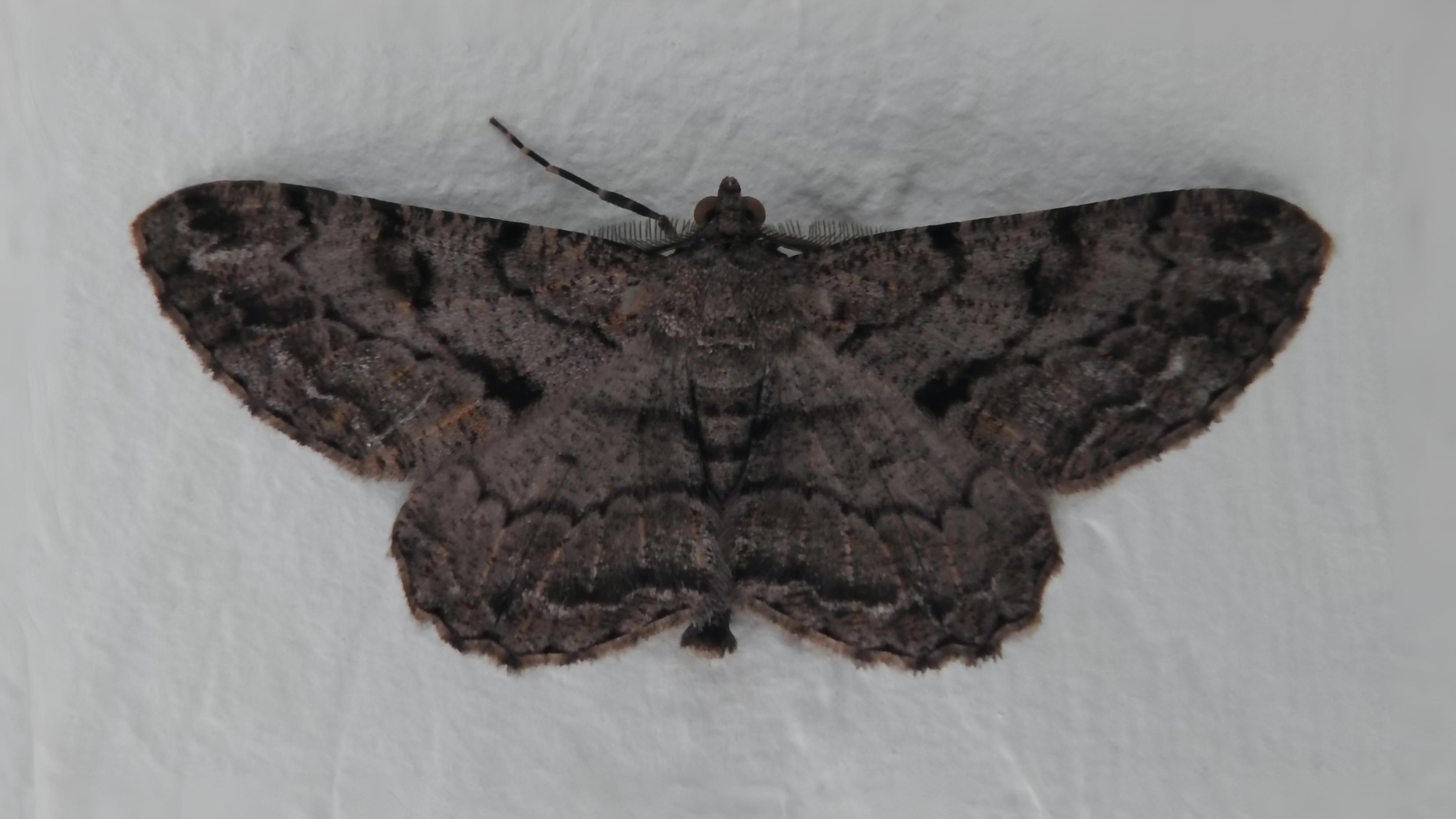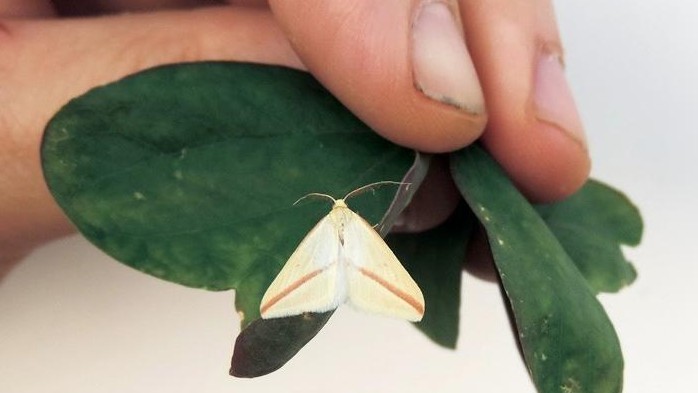
As the sun sets on a warm August day, a different kind of winged wonder takes to the sky. On still, moonlit nights, London's gardens and wilder edges come alive with moths. While many are masters of camouflage in shades of grey and brown, some are true showstoppers. This is the month to look for the Large Yellow Underwing, and if you're lucky, you might just spot the spectacular Red Underwing, a collector's dream with its crimson hindwings that flash from beneath a cryptically patterned exterior.
Return on August 19th to discover the secret world of moths and the intricate beauties that fly by night.
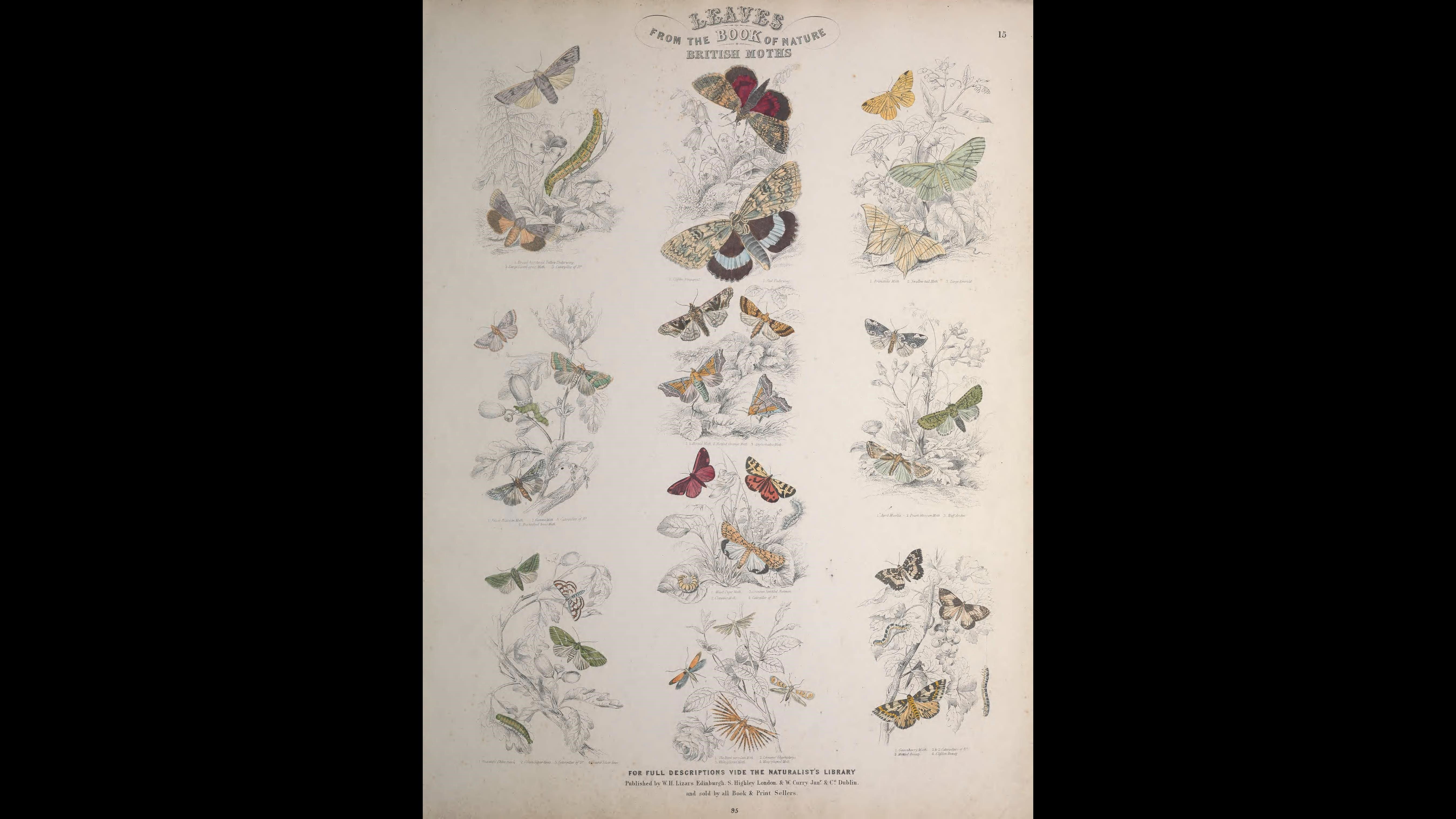

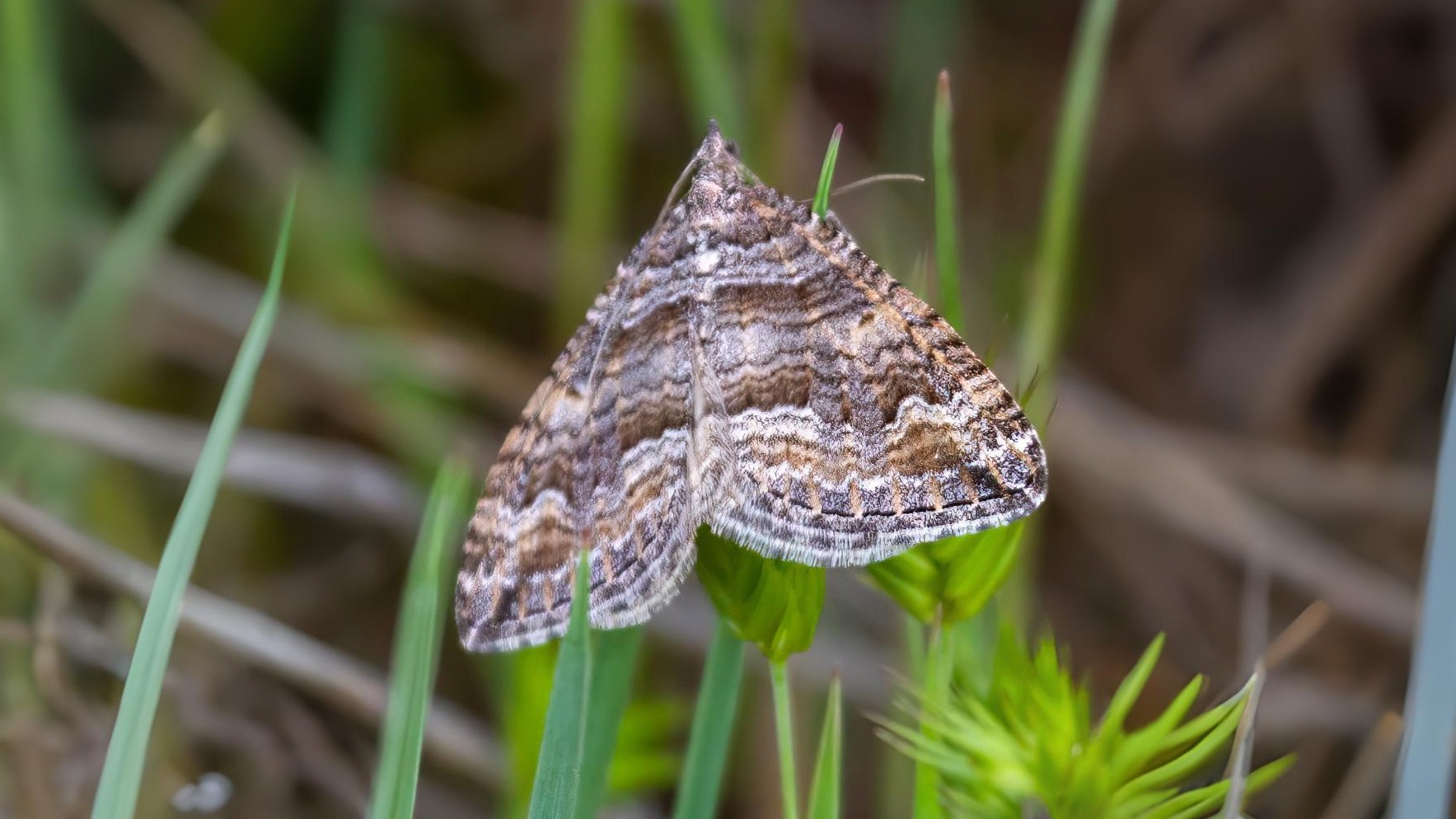

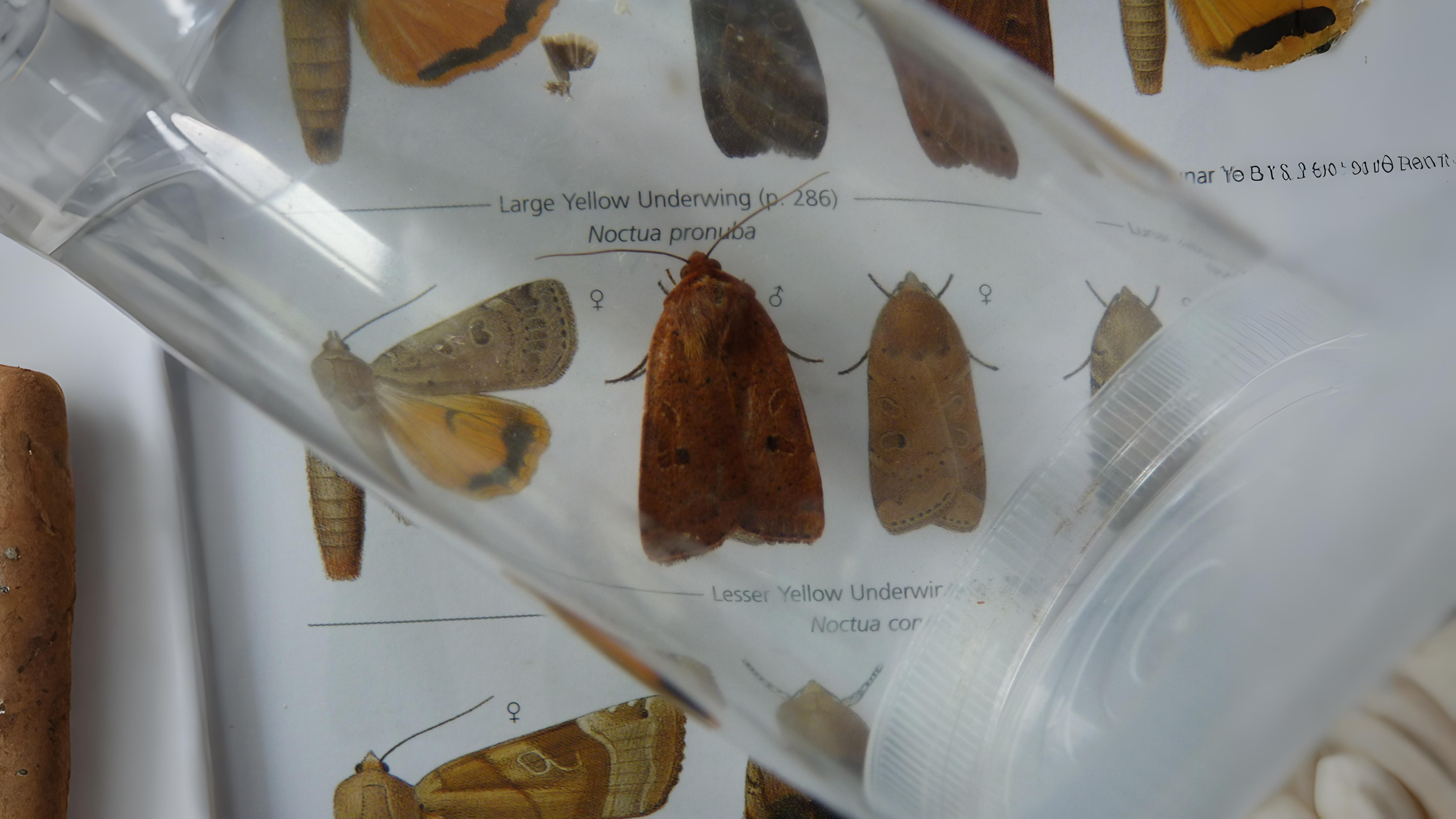

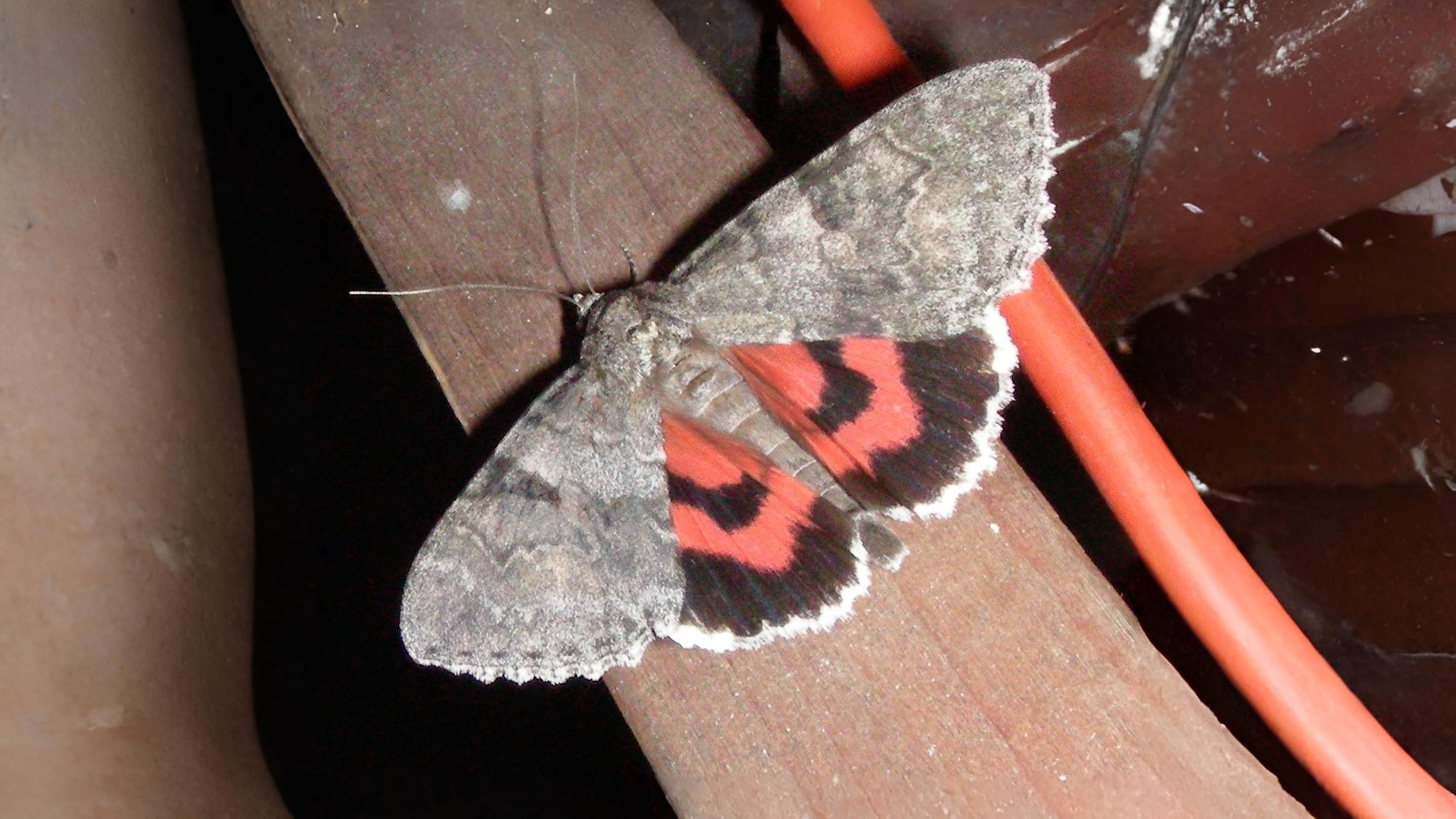

Another star of the month is the Black Arches which is again large and with even blacker zigzag markings, this time set off against a snow white background. Being a moth of old oak woodland it is now rare in our area but may still be found in favoured spots such as Ashstead Common.
